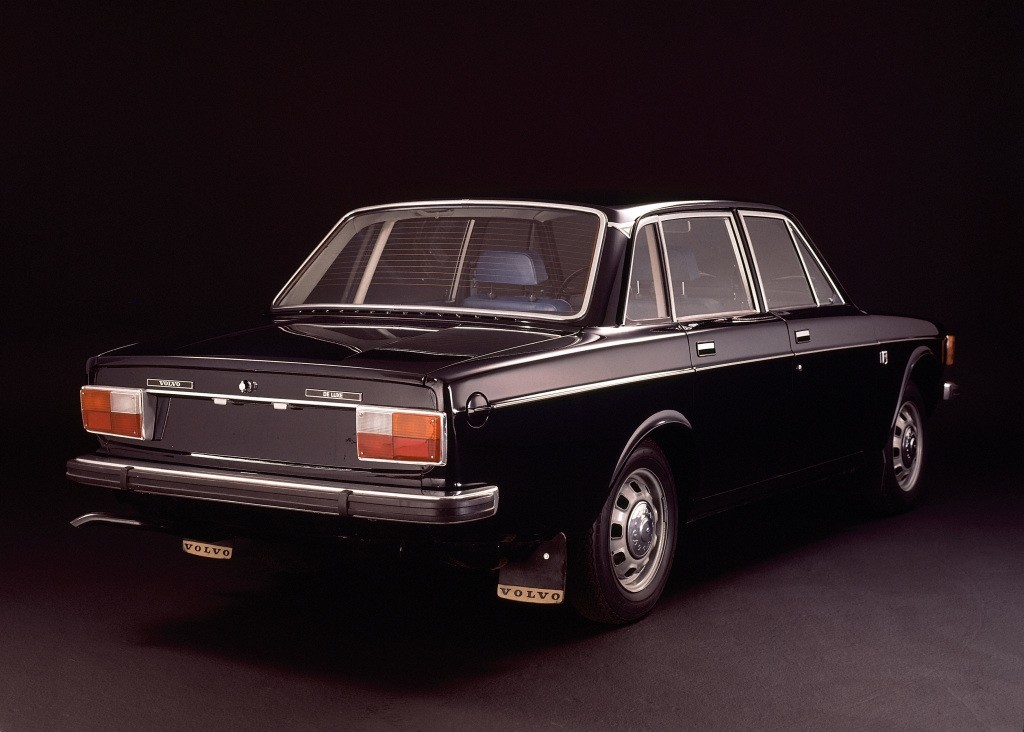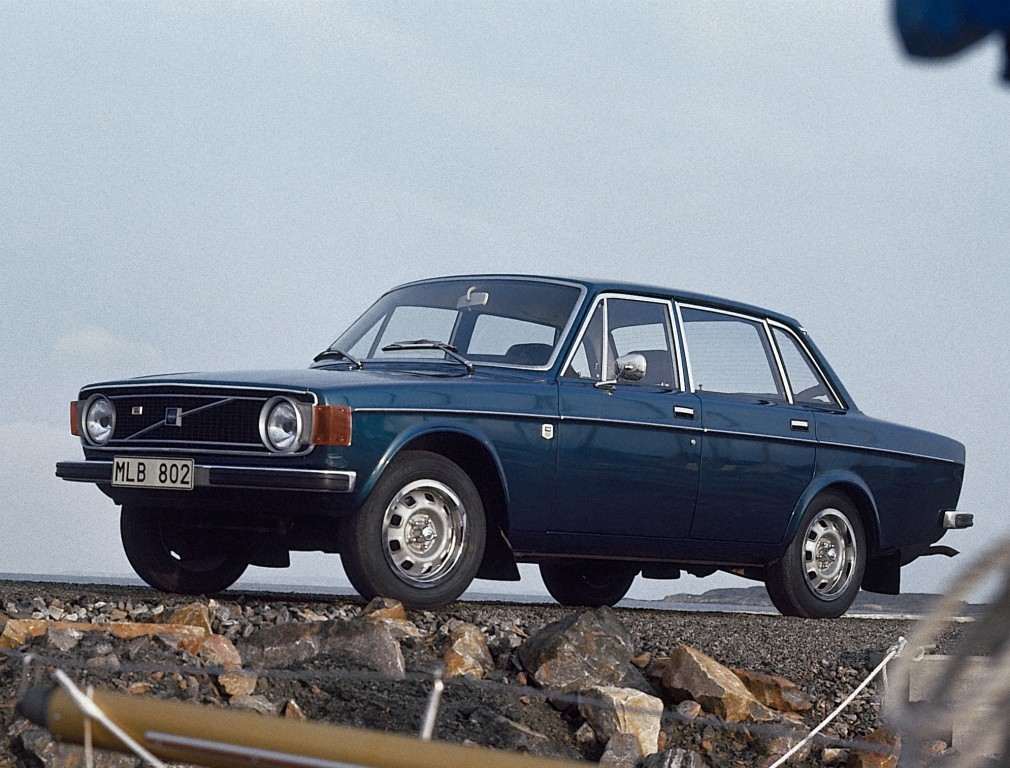In 1960, Volvo management decided it was time to start developing a successor to Amazon's four-year launch. For cost reasons, this new model, internally designated P660, had to share the platform and key components with its predecessor. It resulted in the introduction of the Volvo 144, which was presented in August 1966.
The Volvo designed by Jan Wilsgaard was notable for its timeless box design. According to good Swedish custom, the designers and technicians had also paid a great deal of attention to the safety features. The new Volvo received a three-circuit braking system, four disc brakes all round, three-point belts, a safety steering column and a solid safety cage. The double heating system was also innovative.
Initial developments
The chassis of the Volvo 140 consisted of independently suspended wheels at the front (with coil springs and unequal double cross arms) and the classic configuration of a rigid rear axle, longitudinal arms and a Panhard rod at the rear. Initially, the 144 was delivered with the B18A (standard) and the B18B engine (“S”). The latter was the well-known power source from the 1800 S. From 1967 the 144 was joined by the two-door brother: the 142. Initially, it was also available as an “S”, and later it was joined by the regular 142, which got the B18A engine. The Volvo 140 series was completed with the arrival of the station version: the 145. The versions from the early years are recognizable by the split rear side windows. From 1970 these were built in one piece. The 145 would take big steps towards the acceptance of the station as a life-style car. In addition, Volvo also built the 145 Express, a version with a higher roof. The technology shared the 145 with its coach and sedan brothers.
GT version, distinction in equipment variants
Meanwhile, changes to the Volvo 140 model series continued. For example, the B20A and B20B (with two SU carburettors) replaced the B18 versions. In terms of safety, the Swedes further developed the model series, including the installation of headrests and three-point seat belts in the rear. For 1971, the 140 series was also divided into the equipment variants L, DL and GL. The latter two also got an updated look with a new grille. The GL was distinguished by a high degree of luxury and by rarity, especially in combination with the later available B20E engine. There was also a 142 GT version, which was mainly characterized by an extensive package of sporty accessories. Meanwhile, from 1971 (so for model year 1972) Volvo applied the recessed door handles on the outside on all versions.
Lasting improvements and injection
The Volvo was successful and met various safety standards. It did not prevent the Swedes from permanently improving or renewing the 140. For example, injection became available for the B20 engine. That became the B20E that was available with a four-speed + overdrive (M41) or an automatic. In addition, Volvo also developed the B20 engine in terms of emissions, especially for the American market. Volvo also left it there for the last years of the 140. The Volvo underwent two more metamorphoses in several areas.
Prelude to 240
For model year 1973, the 140 received new plastic bumpers, a plastic grille with larger turn signals and a restyled rear with rear lights, which were later also used on the 240 two- and four-door. Volvo also installed a new dashboard with modern round clocks, a large safety steering wheel and a new heater control system, which were initially used up to the production of the last 240 models. The use of reinforcement bars in the doors was also a novelty at Volvo.
Last year of the 140: Strong changes once more
The last model year gave a definitive indication towards the successor of the 140 series. The B20B engine was retired, the B20F replaced it. Again, steps were taken particularly in the area of safety. The expansion took place, ranging from failure indicator lights and optional headlamp wipers to large, shock-absorbing bumpers, which now adorned the front and rear. Volvo also moved the fuel tank closer to the axle. In this way, the tank was better protected in the event of a rear-end collision. The ventilation windows in the front doors expired for the first time in the 140 series, because Volvo had once again taken the ventilation system to the next level. They had already done that a few years earlier. On a motor level, Volvo switched from D-Jetronic to K-Jetronic for the B20E and B20F engines.
million seller
For example, the 140 series ran to the end, and was followed by the 240 series. It continued the development of the 140 series for years to come. Only in 1993 did the 240 go out of production, and this brought an end to an era that had already started in 1960, when the first sketches of the 140 came to paper. The 140 series retired in 1974, after production of 1.205.111 units. A magnificent car. And a ditto example of the desire for continuous development and improvement of a concept that was already very strong at the base.
















Etkileyici! Makale için teşekkürler
it was indeed my first car for that time quite impressive that 140,
later with that other Swede also a 140 throughout Europe through stepped sweet memories